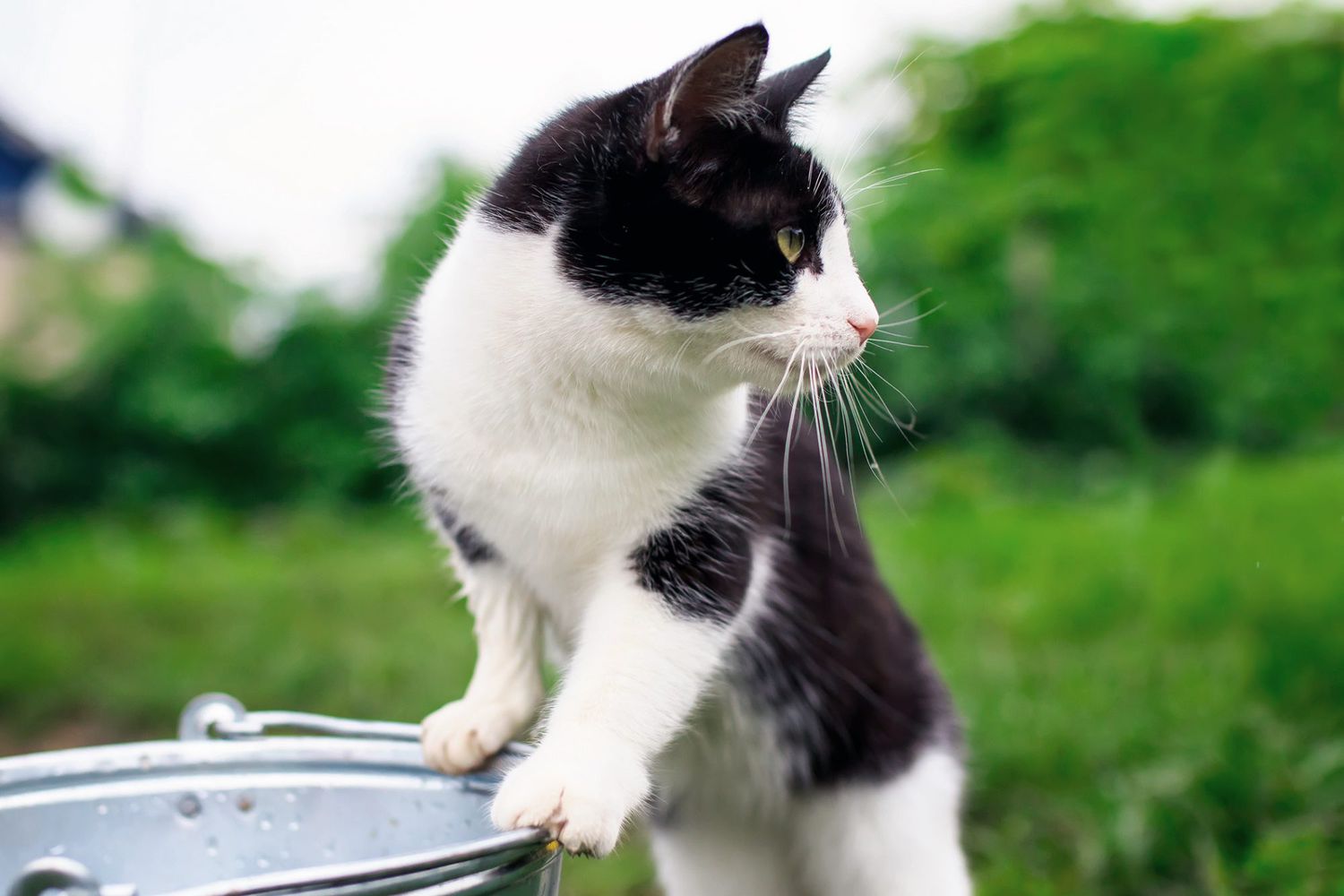The Psychology of Cat Litter Preference

Cat litter and litter boxes play a pivotal function in the lives of both cats and their owners. From the simple starts of sand and soil to the ingenious advancements of today, the world of cat litter has actually evolved significantly. In this extensive guide, we look into every element of cat litter and litter boxes, exploring their history, types, advantages, obstacles, and whatever in between.
The history of cat litter go back centuries, with ancient civilizations utilizing sand, soil, and even ashes as primitive litter products. Nevertheless, it wasn't till the mid-20th century that modern cat litter as we understand it emerged. In 1947, Edward Lowe introduced the world's first commercial cat litter made from absorbent clay, transforming the way cats relieved themselves indoors. Because then, cat litter has undergone numerous transformations, with the introduction of clumping litter, silica gel litter, biodegradable options, and more.
Today, cat owners are ruined for option when it concerns choosing the best litter for their feline companions. Traditional clay litter remains popular for its affordability and efficiency in soaking up odors. Clumping litter, which forms solid clumps when wet, streamlines cleansing and upkeep. Silica gel litter, composed of highly absorbent silica crystals, offers remarkable smell control and durability. Biodegradable options, such as recycled paper, wood pellets, corn, and wheat, interest ecologically conscious consumers.
Each kind of cat litter provides distinct benefits. Clay litter stands out in its ability to soak up wetness and control odors, making it a dependable choice for numerous cat owners. Clumping litter simplifies day-to-day scooping and extends the time between total litter modifications. Silica gel litter offers exceptional smell control and can last longer between replacements. Biodegradable litters use a sustainable alternative that minimizes ecological impact.
While cat litter enhances indoor feline health, it is not cat litter box enclosure without its difficulties. Dust from clay litter can posture respiratory threats for both cats and human beings, prompting the appeal of dust-free alternatives. Some felines may establish litter box aversion due to concerns with texture, scent, or tidiness, necessitating experimentation with various litters and box configurations. Multi-cat families may need strategic litter box positioning and Clay Cat Litter frequent upkeep to prevent territorial disagreements and make sure all cats have access to tidy centers.
Selecting the appropriate litter box is necessary for promoting positive litter box routines and general feline wellness. Elements to think about include size, availability, and design choices. Covered litter boxes provide personal privacy and help include odors, but some felines may discover them confining or daunting. Open-top litter boxes offer easy gain access to and presence but might lead to more litter scatter. Automatic self-cleaning litter boxes streamline maintenance however require regular tracking and upkeep.
Appropriate litter box maintenance is vital for guaranteeing a tidy and welcoming environment for both felines and their owners. Daily scooping removes waste without delay, reducing smell and preventing litter box aversion. Routine litter replacement, generally every 1-2 weeks, avoids bacterial accumulation and maintains optimal absorbency. Comprehensive cleansing with mild detergent and water, preventing harsh chemicals that may hinder cats from using package, need to be performed monthly.
Cat litter and litter boxes play a main function in fostering a healthy and harmonious relationship in between felines and their human buddies. With a diverse range of litter Covered Litter Boxes choices and litter box styles available, cat owners have the flexibility to tailor their options to match their felines' preferences and household needs. By comprehending the advancement, types, advantages, and obstacles of cat litter and litter boxes, pet owners can provide their feline buddies with a comfortable and sanitary indoor environment.